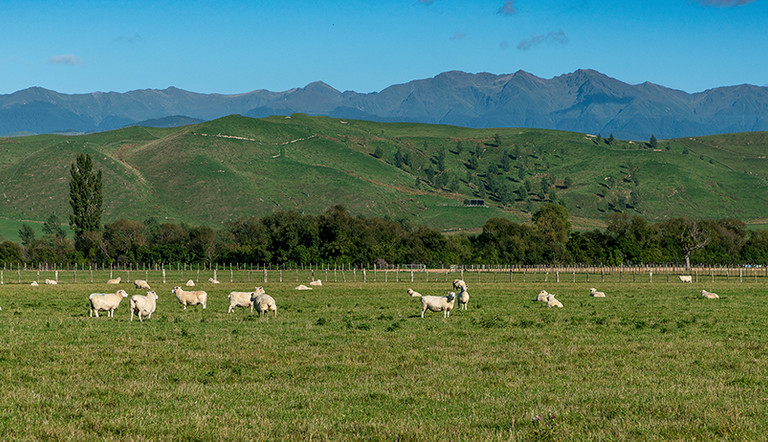
Attack barley grass with Ethosat® Herbicide

It is at this time of year when barley grass rears its ugly and potentially very destructive head. However, that very visibility is also a timely reminder of the damage that this doggedly persistent weed can do to pasture and stock health, and that it is time to act to stop it.
Barley grass (Hordeum spp) germinates rapidly following seed production in autumn and competes strongly with desirable pasture. Barley grass will grow where little else can and is untroubled by dry conditions or compacted soils. While it can provide palatable feed during autumn and winter, the feed quality is poor when flowering occurs in spring, and grazing animals generally prefer other species.
Perhaps even more critically, during summer the distinctive sharp, awned seeds can be very harmful to livestock, especially sheep. The awns work their way into wool and susceptible areas of the body downgrading fleeces and pelt prices at processing and, worse-still, sometimes blind lambs thereby causing distress and compromising production. The resulting checks in live weight gain in the height of summer, December and January, have been very well-documented.
Ethosat for stock health and better spring pasture
Traditionally, barley grass could only be controlled with non-selective herbicides and in bare ground areas, such as stock camps and under shelter belts; there were few options to selectively control established barley grass in pasture. However, now there is Ethosat Herbicide (Ethosat).
Ethosat from ADAMA New Zealand provides optimal control of barley grass in pasture by treating from April to July. ADAMA recommends applications should be made when barley grass it is at an early vegetative stage and before the beginning of seed head development.
Ethosat not only controls vegetative barley grass, but it also has a residual effect that will take care of any seeds that germinate after the application. The 28 day grazing stand-down works well with rotations at that time of the year and enables problem paddocks to be effectively targeted.
How to apply Ethosat
Ethosat should be applied at 4 L/ha in 200 to 400 L of water. For optimum results treat barley grass growing in moist conditions and at an early growth stage, but after the main germination has occurred.
Before treatment remove any debris and harrow large dung pats. Graze to 3-5 cm and allow to freshen up. Complete coverage of barley grass is essential to secure a successful result.
In areas of dense barley grass, where the sward contains less than 5% ryegrass, sow ryegrass seed as soon as possible after application to prevent weeds establishing in the bare patches where barley grass has been controlled.
Ethosat is very selective in ryegrass spp. in pasture and in turf, but will suppress clovers. Areas where clover production is important should not be treated with Ethosat as temporary suppression can be expected.
Find out more on how Ethosat can help you with optimal barley grass control in pasture.